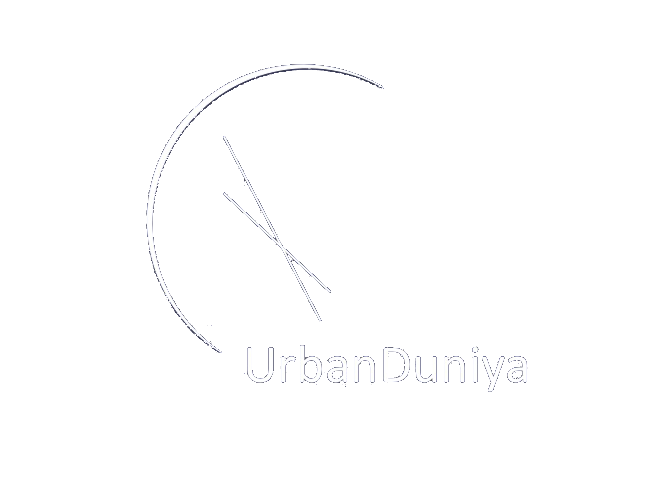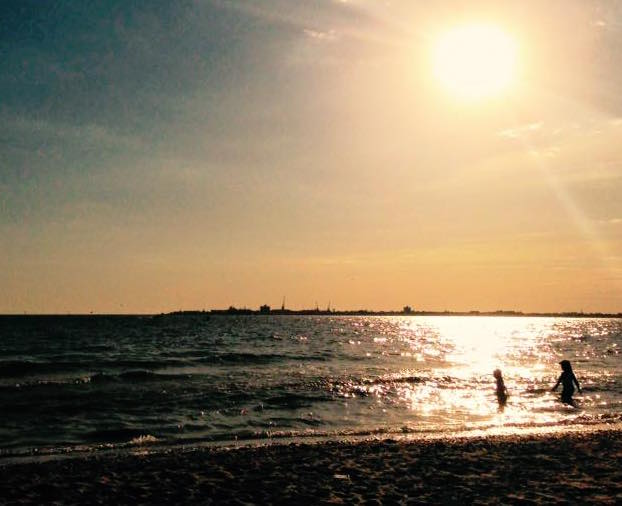
by Tim Blight | Jan 7, 2017 | Traveller
For the love of the beach…
The beach has always been a part of my life, and living in other cities and countries has made me realise just how much of my heart it holds. It’s not that I’ve ever really been a “beach bum”, or even particularly taken by “beach culture“, the gamut of everything from bleached surfer hairstyles to distressed-wood home decor that seems to sweep Australian society from decade to decade. But it has just always been there, in summer, in winter, with friends or alone. One of my favourite bloggers, Renuka from Voyager for Life, recently wrote about why a beach holiday is always a winner – and she’s right! People go to the beach to swim, sunbake, hang out with friends, have a picnic, do exercise, swim at ocean baths (in some places), play cricket or volleyball, or simply bliss out on the sand and listen to their favourite RnB tunes while forgetting that the rest of the world exists. Or is that just me?
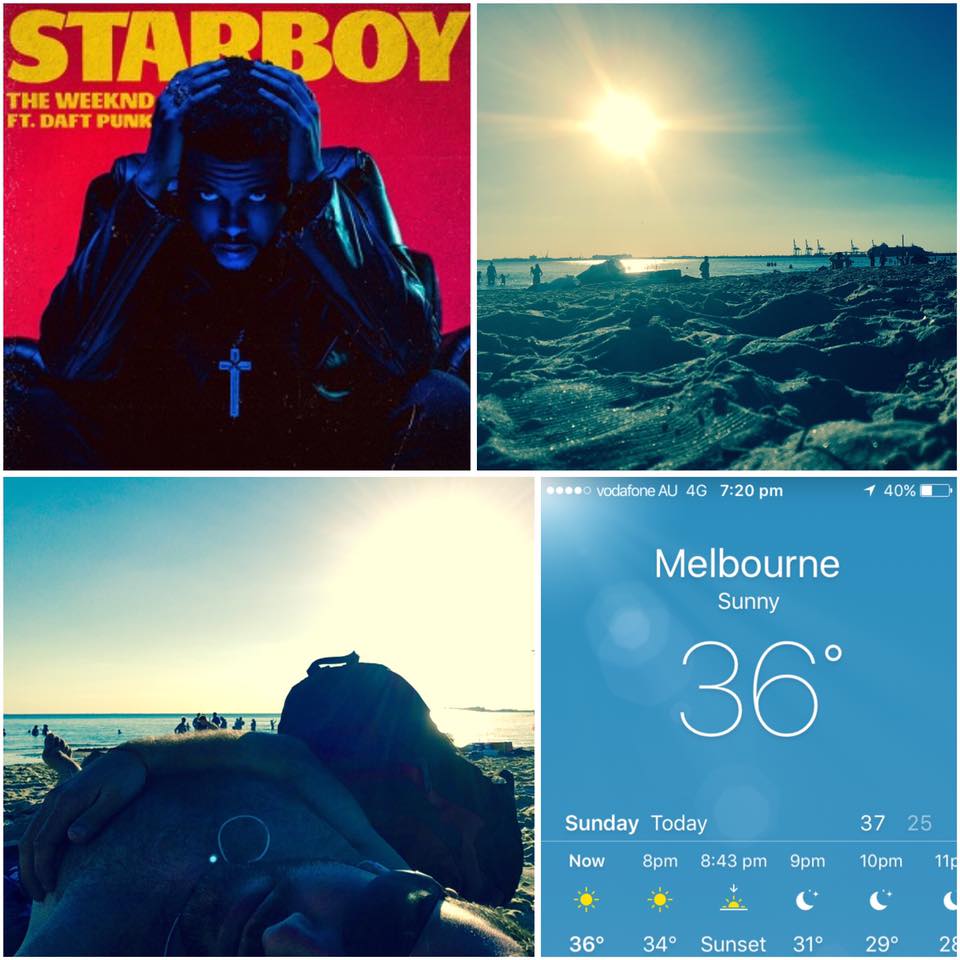
What my ideal summer afternoon looks like…
As I sit in Melbourne and write this on a 38 degree summers day, contemplating whether to go to the beach instead of simply writing about it, it dawns on me that I was lucky to have grown up in Sydney where beaches are beautiful and accessible. Beaches in Melbourne have recently been closed due to “unacceptably high levels of bacteria” as a result of storm water draining out into Port Phillip Bay. In plain words, shit – both proverbial and the real stuff (and most concerningly, the human variety) has been not floating, but actually dissolved into the water that beachgoers so look forward to. Gross.

Sunset over one of Melbourne’s beaches. See, they’re not always that bad!
It’s not just that the water at Melbourne’s beaches can be a bit dirty, it’s that they’re just not that inviting when compared to Sydney’s stunning golden crescents of sand. And perhaps as a result, most of the Melburnians I have met simply don’t get as excited (or even remotely as interested) as Sydneysiders do about going to the beach on a hot day – in fact most Melburnians I know start moaning about how prohibitively hot the weather is as soon as the mercury climbs over 25 degrees. It’s as if there’s no joy to be had in the warm weather!
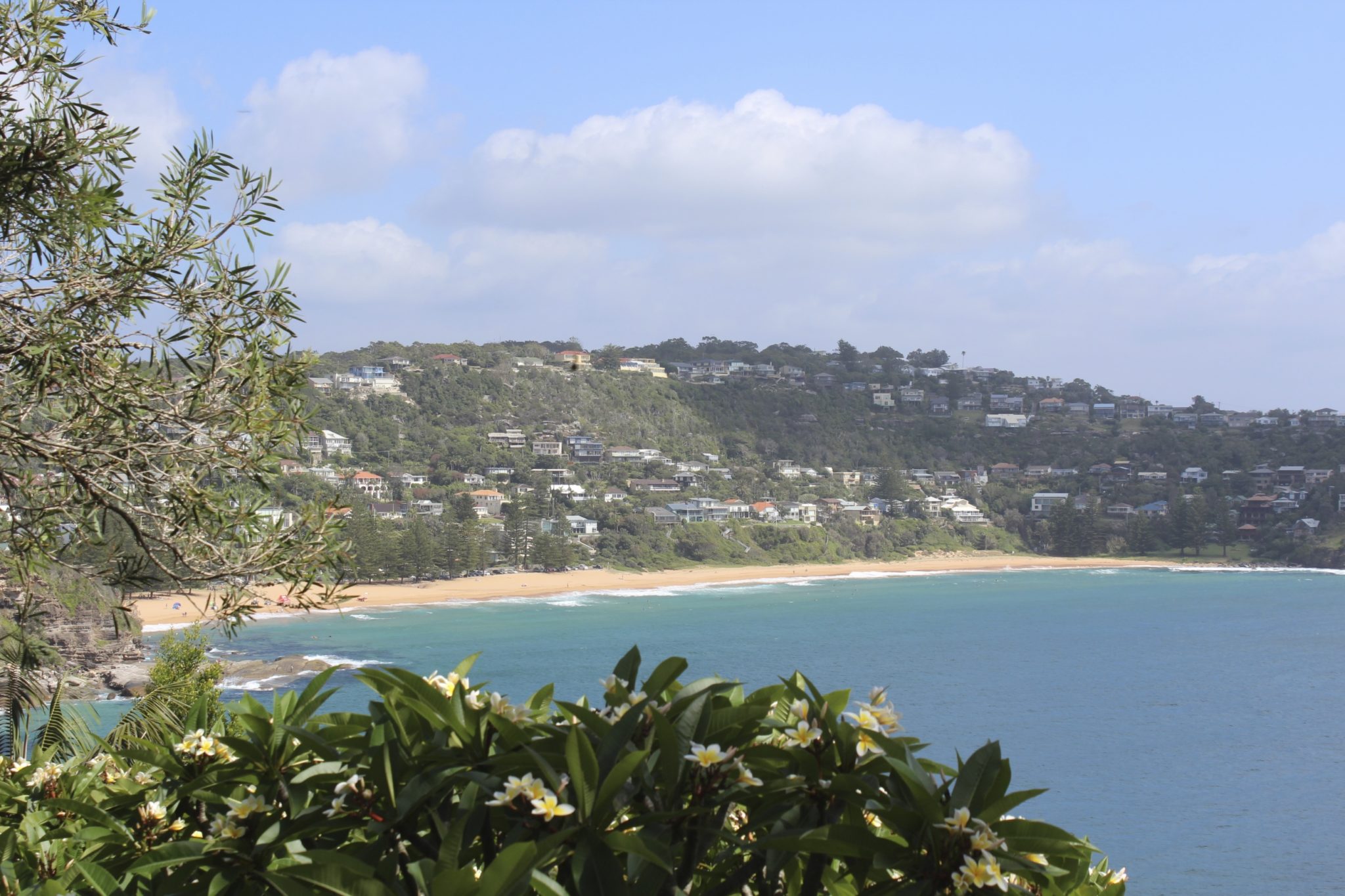
It’s easy to see why Sydney is in love with its beaches – look at Whale Beach!
When I moved to Lahore, this was taken a step further; an entire city (if not country) that craves winter and the cold weather! It took me a while to really appreciate Lahore’s obsession with thanda mausum (chilly weather), but it’s all encompassing – people even have particular diets which they follow in a kind of celebration of the cold weather! Conversely, most Lahoris dislike the summer intensely – because they say you “can’t do anything in the summer”. Having lived in Melbourne already I began to understand this, but in Lahore it’s taken a step further because of the problem of loadshedding; rolling blackouts caused by a shortage in the power supply. Oh, and the nearest beach is at least 1,200 kilometres away. Apart from mangoes, what kind of joy could summer bring?
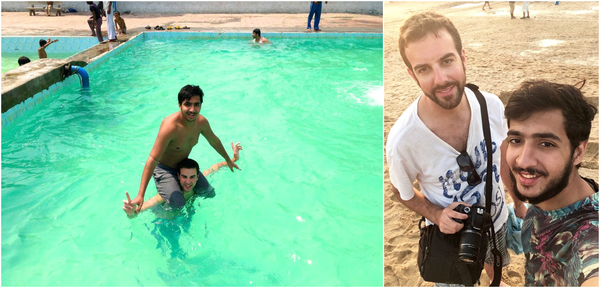
With chotta bhai at a Lahore tube well (good) and at Sunhera Beach (better!)
Of course, not all happiness is derived from the beach – but it was only in Melbourne and Lahore that I realised my love of summer, my whole idea of a “sunny summer disposition” – is so inextricably linked to having beautiful, tree-fringed lines of sand and refreshing, crystal clear ocean at close proximity. My chotta bhai (little bro) in Lahore thought it was simply hilarious that I actually looked forward to summer and the hot weather, despite subsisting with tube wells while in Lahore. A few months ago we travelled to Karachi, and took a trip out to Charna Island, cooling off from the intense heat of the Pakistani coastline in the turquoise waters of the Arabian Sea. We got out of the water, lay back on the boat’s deck and let the sun’s warm rays soak into our skin; it was almost energy-giving. “Ok, now I get it…” he said, turning to me with his eyes closed, temporarily blinded by the beautiful sun, sand and salt, “and we’re coming back again next summer.”
Do you love the beach? What do you do there? Comment below!
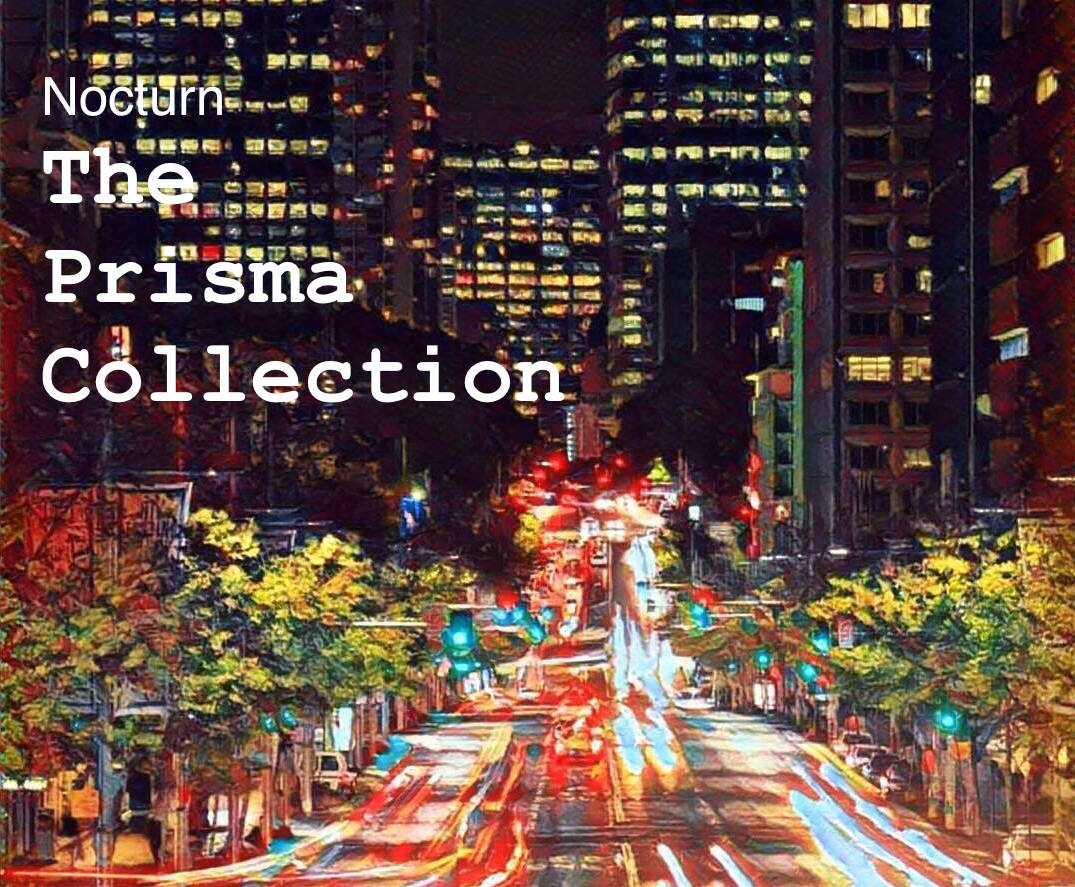
by Tim Blight | Oct 29, 2016 | Gallery, Pakistan
Nocturn: The Prisma Collection
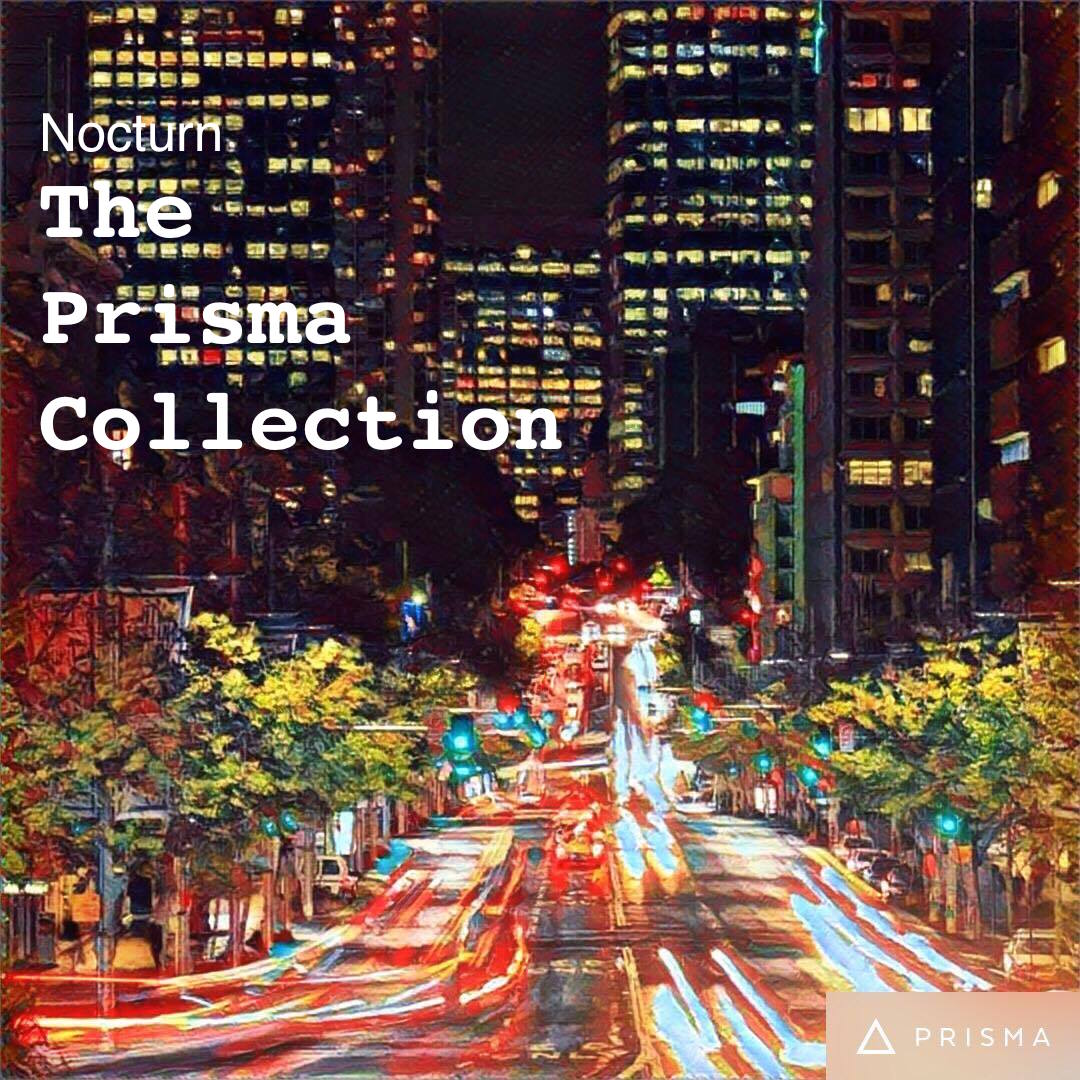
Over the past year I have been posting my favourite shots of my cities at night; Chennai, Melbourne, Sydney and finally Lahore. I’m quite proud of how the pictures turned out – I captured light trails, curious customs and spectacular scenes after sunset to show a side of these places that people often miss.
But what’s better than these photographs is turning them into works of art by running them through the Prisma app. Prisma is a phone application that allows you to turn regular photographs into artworks in the style of Van Gogh, Picasso and many more.
See the best of Chennai, Melbourne, Sydney and Lahore after dark, and as works of art, with the Nocturn: The Prisma Collection.

Have you used the Prisma app before? What do you think of it? Comment below!
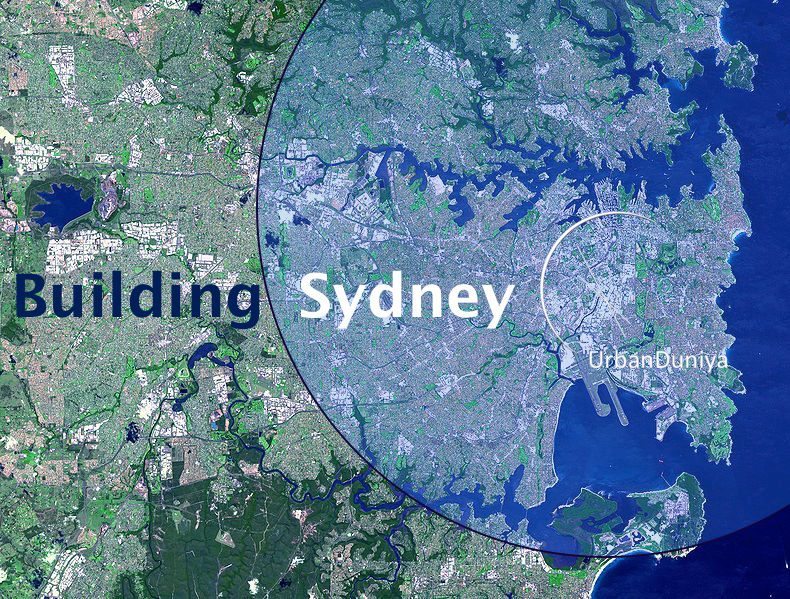
by Tim Blight | Jul 23, 2016 | Lounge (The City Life)
Building Sydney

Sydney is currently undergoing a huge transformation, with George Street currently dug up to build the city’s new tram line, and the South West Rail Link being slowly incorporated into the wider rail network.
Also in the pipeline are at least two major road projects, NorthConnex and WestConnex. The former has begun construction since I wrote about it 2 years ago. Crucially, it is being built along the ‘purple’ alignment which I pointed out will benefit only certain drivers along Pennant Hills Road, while neglecting the increasingly-congested Pacific Highway. Will the future increase in demand along the North Shore’s only true arterial road necessitate another motorway development? Or will the rise in demand finally force the provision of better public transit options?

NorthConnex’s indirect route to the city (Image: Sydney Morning Herald)
WestConnex is also under construction, covering a corridor with a different traffic profile. The motorway tunnel to complement Parramatta Road is unfortunately not to be built in line with public transport solutions, missing a huge opportunity to revitalise Sydney’s inner west, and repeating the same mistakes of the already-full M5 East.
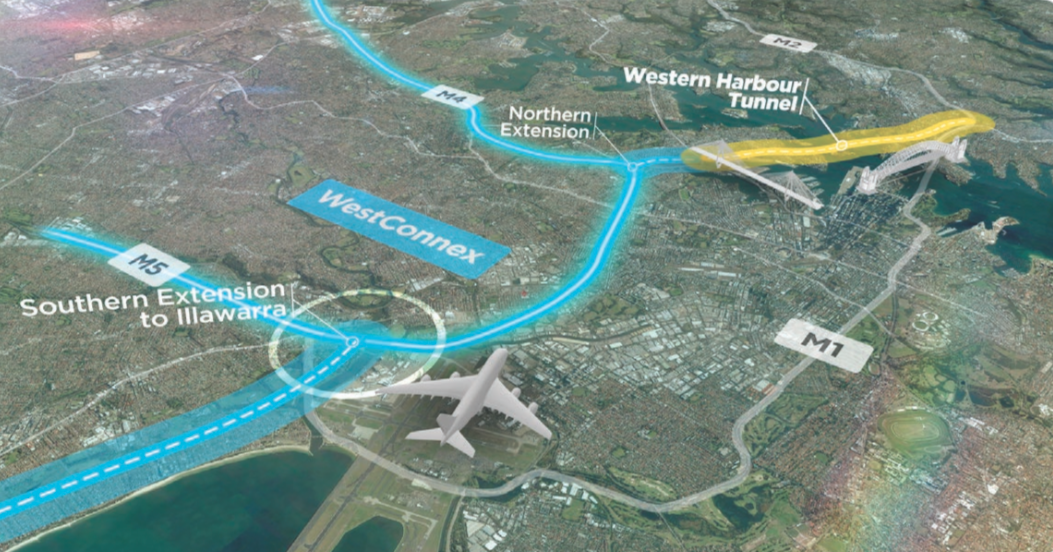
(Image: WestConnex)
Part of the said solution for Sydney’s inner west could easily be the development of the Sydney Metro. While this scheme no doubt has the best intentions, it seems odd that metro-style carriages would be utilised on long-distance suburban routes rather than inner city hops (which they’re ideal for). As I highlighted in my article about the under-construction Metro, this new system could be a godsend for parts of the inner city, no so much for the outer suburbs.
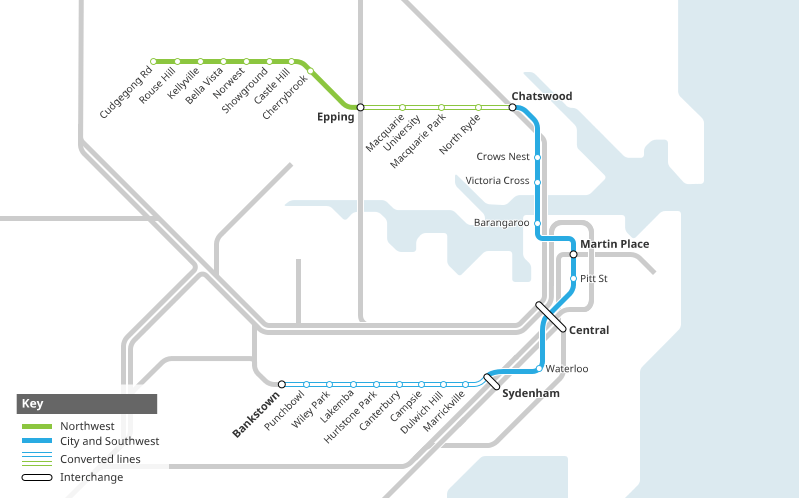
Proposed Sydney Metro (Image: strata8)
Public transport is also at the heart of my concerns about the Western Sydney Airport development. The new airfield is still set to open in the mid-2020s without a train link, much less a dedicated train service useful for transferring between Badgery’s Creek and Kingsford Smith airports. What has occurred, however, in a retreat to typically antipodean parochialism, is the suggestion that the new airport should close overnight – much like TV stations used to in the 80s, and replicating one of the main issues with the existing Kingsford Smith facility.
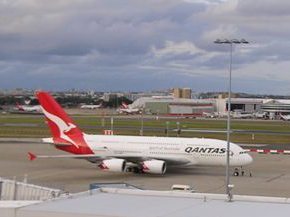
Qantas A380 at Sydney Kingsford Smith Airport
While much of this seems unchangeable now, it is important to remember than the solutions are still very much viable; in each case, public transport stands to improve the livelihood of Sydneysiders and enhance the liveability of the city. What is required at this point is politicians at federal and local, but primarily the state level, to possess the foresight and courage to break Sydney’s cycle of fixing then repeating infrastructure mistakes.
What do you think Sydney really needs for the future? Comment below!
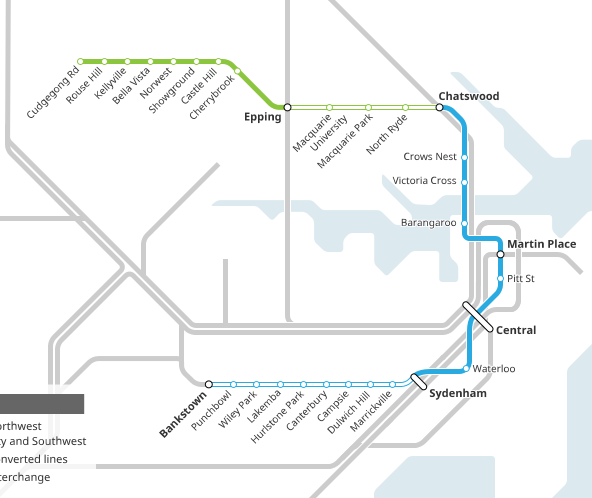
by Tim Blight | May 14, 2016 | Lounge (The City Life)
Sydney Metro
This is part three of Building Sydney; an ongoing series on UrbanDuniya about major infrastructure projects in Australia’s largest metropolis.

Anyone who has travelled to the major cities of Europe or Asia would be familiar with the excellent rapid transit systems that efficiently transport hundreds of thousands, or even millions of people daily. Sydney’s existing double-decker train system, while somewhat effective, cannot be considered a true mass rapid transit system due to the operating constraints of large carriages, relatively low frequency, and antiquated network that was built according to topography, not demography (the North Shore Line’s scenic but useless detour via Wollstonecraft and Waverton being a case in point).
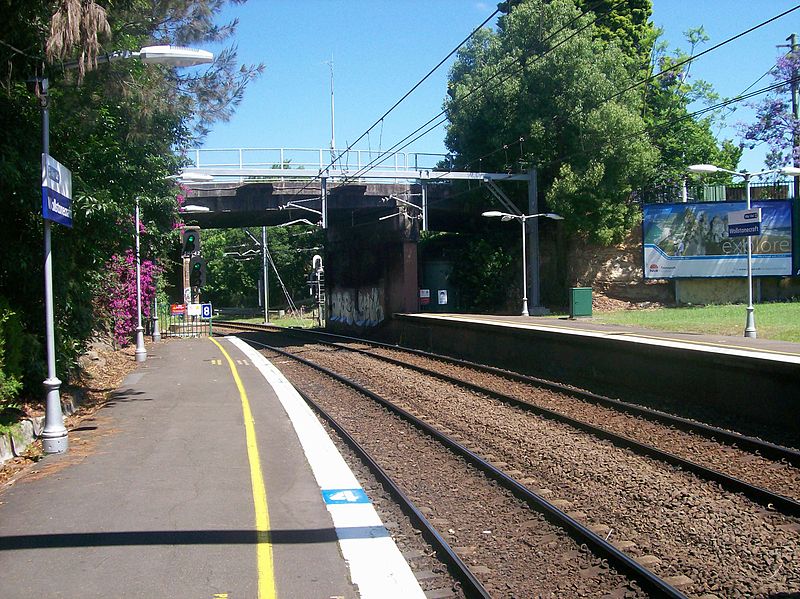
Wollstonecraft Railway station (Image: Abesty)
It is perhaps inevitable that Sydney would eventually build a metro system like that of Singapore or Delhi, that accurately serves population centres where its needed, and provides fast rapid connections between suburbs (notably, not just to the city centre). The beauty of a metro system is that it to the local populace, it becomes a more attractive option than taking the car for short hops, or even longer ones across the congested heart of the city. Connections are easy – you’re never too far from a station above ground, nor too far from a interchange below ground, meaning that you don’t always need to “change at Central” to get from one part of the city to another.
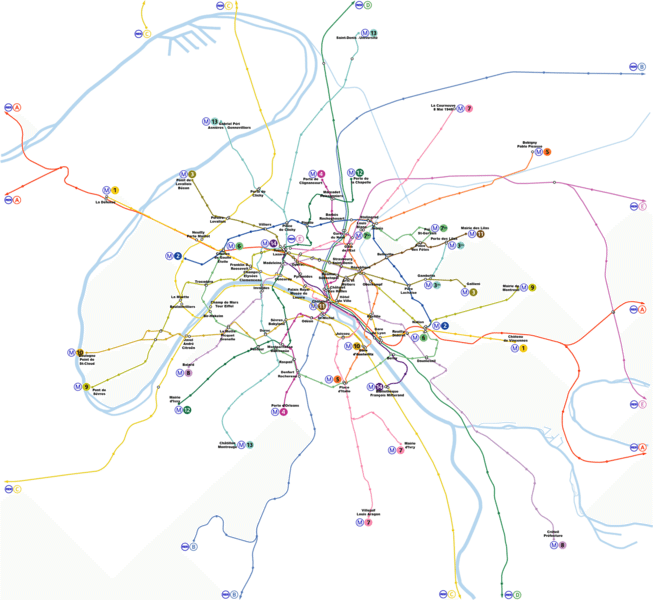
Paris Metro Map. Note how the lines intersect and overlap, creating multiple possibilities to commute, rather than converging on one “Central Station” (Image: Metropolitan)
The current proposal for the Sydney Metro is initially a line from Cudgegong Road in Rouse Hill, 50 kilometres north west of the CBD, to Epping and then along the existing Macquarie Park line terminating at Chatswood, where passengers could transfer to the North Shore line. Long term, the line would be extended below Crows Nest, under the harbour, past Central station, then joining a refitted train line to Bankstown.

Proposed Sydney Metro (Image: strata8)
Certainly a worthy project, but one that seems to be heavily integrated into the existing rail network; one hopes that measures are being taken to prepare the North Shore, Inner West and Western lines for the influx of passengers transferring from/to the new Sydney Metro.
Metro lines are successful in cities like Singapore and Paris because the urban footprint that they cover is not as large. Metro trains are high capacity, fast, frequent, and feature few seats because they’re not designed to be comfortable; they’re designed to move huge numbers of people quickly and with no fuss – standing room only, step on and step off.
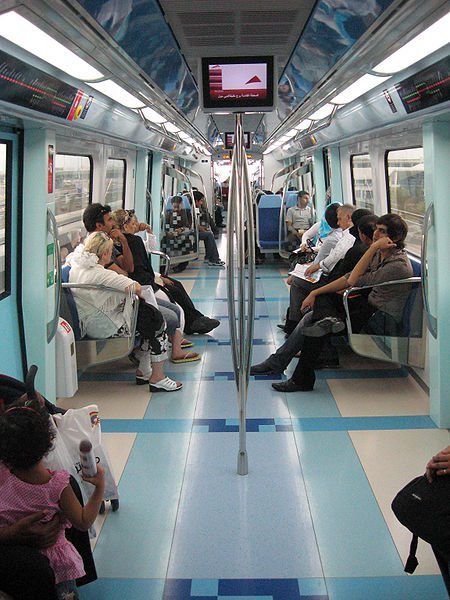
Dubai’s new metro trains. Limited seating means high capacity (standing passengers take up less space than seated ones), ideal for fast, short inner city trips (Image: Robert Schediwy, Wikimedia Commons)
Metro trains therefore are a great idea for short trips – ones which really don’t require a car, but are too long to do on foot. A developed network also offers opportunities to transfer between lines and even modes of transport, so no-one is standing in one place on the carriage for too long. So is the 50 kilometre trip from Cudgegong Road to the CBD one that many commuters would like to undertake standing in a high-capacity carriage? (Considering that the only real opportunity to interchange would be with the Northern Line at Epping). Rather than stepping on and off, the carriage would continue to fill throughout the journey.
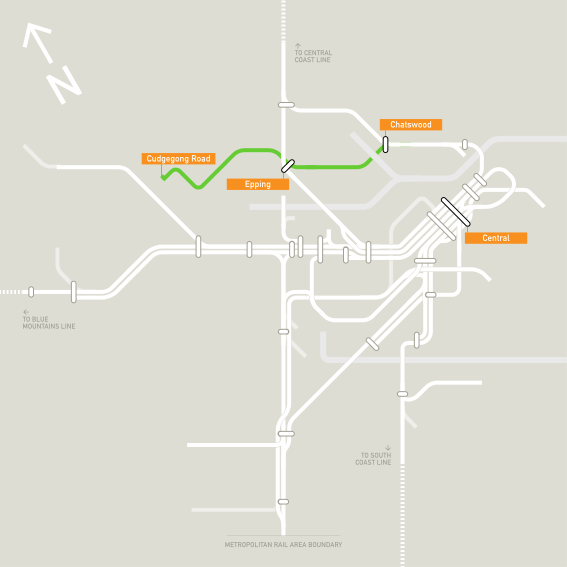
Sydney Metro Northwest (Image: Mqst north)
Surely, the frequent Sydney Metro system would make much more sense on the high-patronage Chatswood – Sydenham corridor, with the double-decker “Sydney Trains” carrying passengers out towards the more distant Cudgegong Road? (Much in the way the more cushy long-distance Sydney Trains are equipped to carry passengers to Newcastle and the Blue Mountains.)
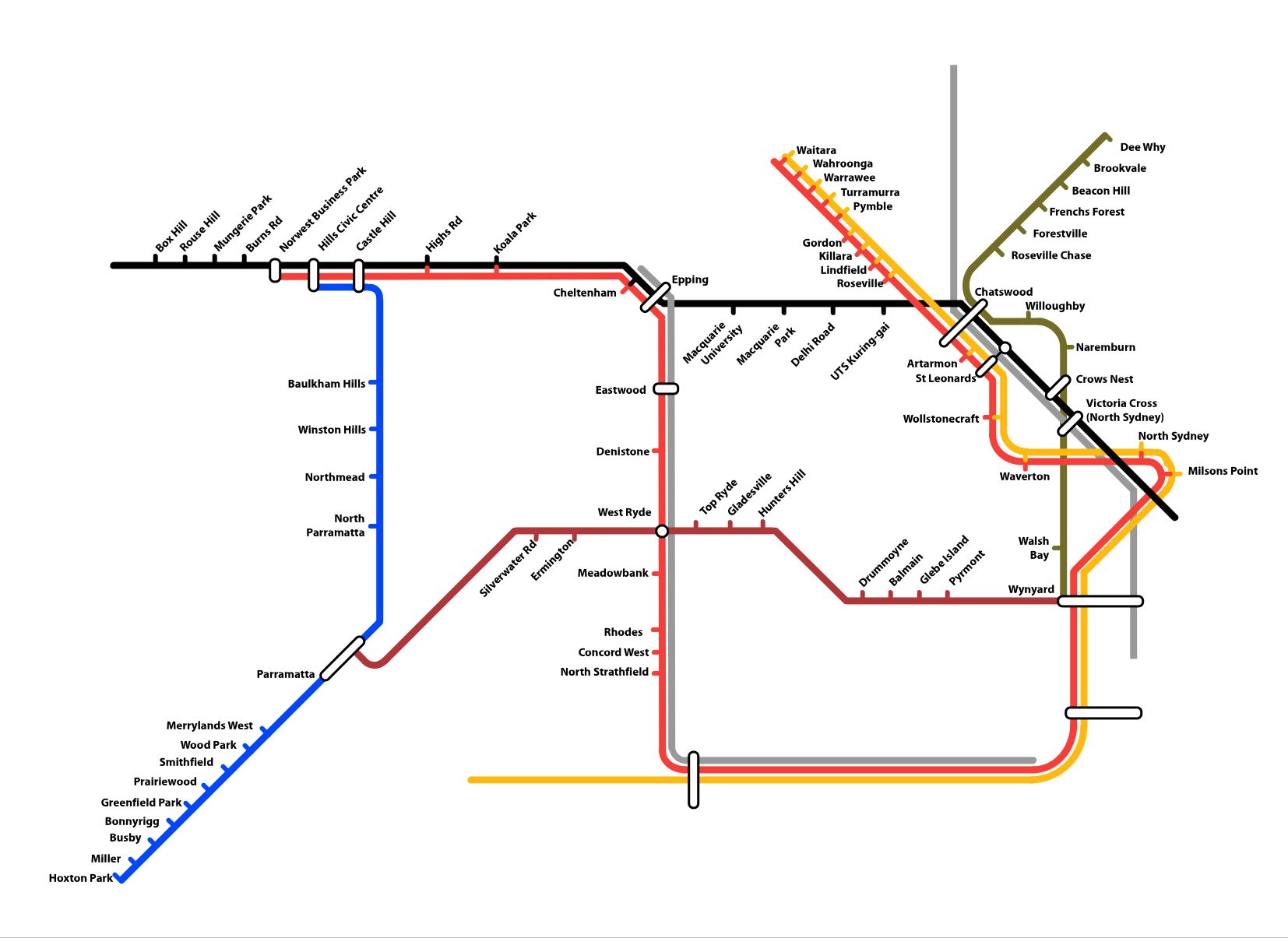
Ron Christie Proposals for Sydney’s railway lines (Image: JPG)
In fact, a complex network criss-crossing Sydney’s inner city, with several lines aiding short trips between existing corridors, would alleviate much congestion, both on the roads and at existing interchanges like Central station. Why not metro lines between the inner west and the eastern suburbs, bypassing the CBD? Lewisham to Marrickville without having to change at Central station? Leichhardt to Crows Nest, but not via the CBD? Some of these ideas were mooted and then dismissed as part of a 2002 report into Sydney transport needs, known as “the Christie proposals“.
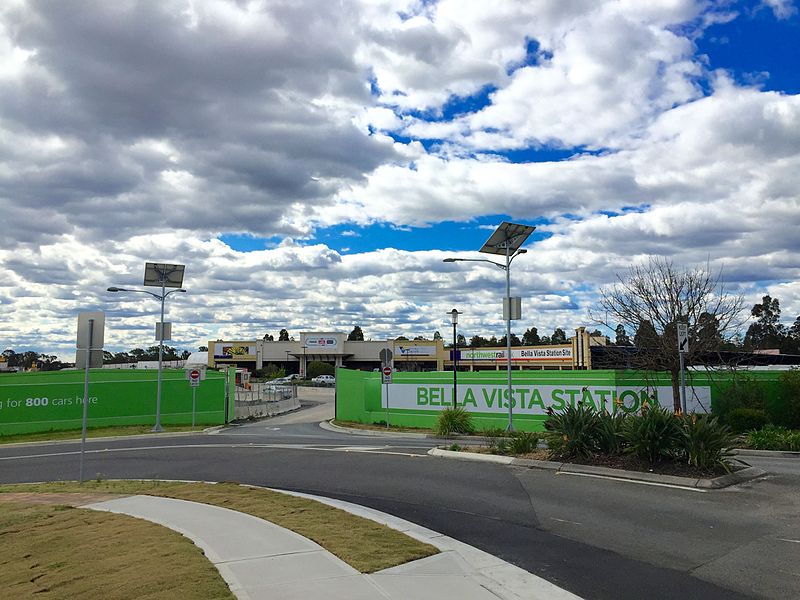
Sydney Metro’s Bella Vista station, under construction (Image: Mqst north)
There’s a reason why Paris’ and London’s metro systems are world renowned, and that’s because they effectively serve their inner cities and have appropriate connections to the outer suburbs. They comprehensively cover an area which in Sydney would perhaps be bounded by Hurtsville in the south, Bankstown and Parramatta in the west, and Epping and Chatswood in the north. They don’t require people to stand in sardine-like conditions for 50 kilometres or more, emulating trips in metropolitan Singapore when they’re actually careering through the expanses of the Cumberland plain.
Sydney Metro Northwest is currently under construction and is expected to be operational in 2019. For more information, go to sydneymetro.info.
What do you think of the Sydney Metro? Is it needed? Comment below!
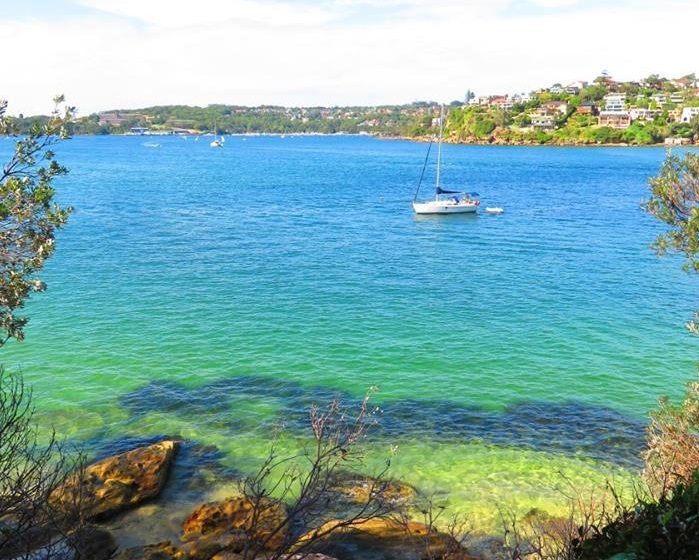
by Tim Blight | Apr 30, 2016 | Traveller
Spit Bridge to Manly Walk
One of the greatest things about living in Sydney is the city exceptional natural setting. Few cities are as blessed to have such environmentally spectacular surroundings – Rio de Janeiro, Cape Town and Malé come to mind as competitors.
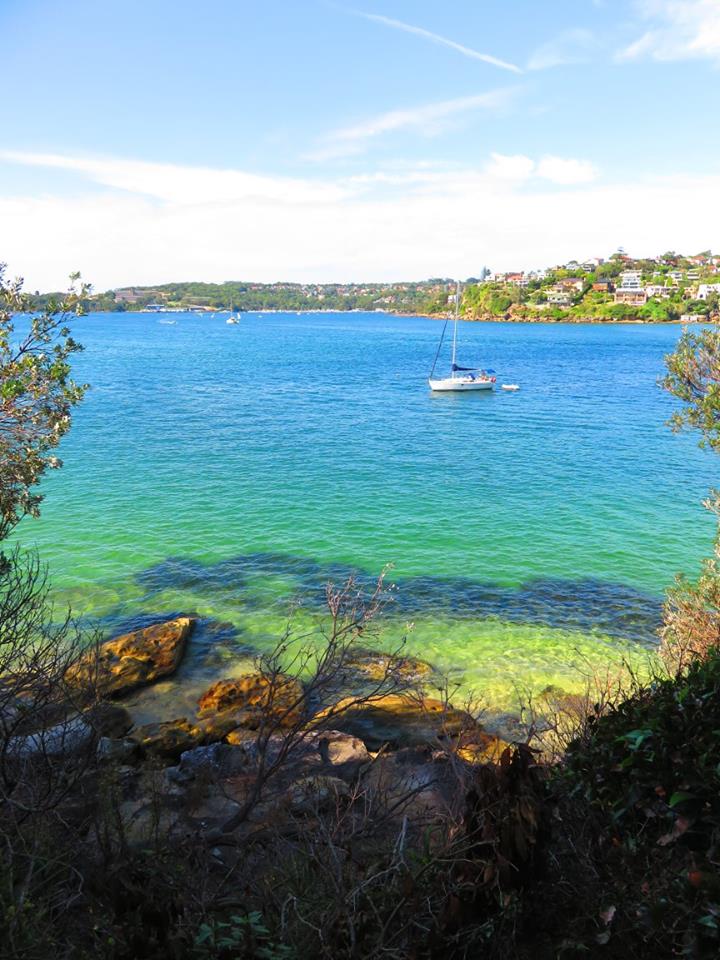
A cove on Sydney’s Middle Harbour
Taking advantage of the natural setting is a popular pastime of many Sydneysiders, and the harbour is lined with parks, pools and walking trails offering incredible views of Australia’s largest city. One of my favourite walks is the Spit Bridge to Manly walk, starting in the exclusive districts on Sydney’s Middle Harbour and ending at the beachside area of Manly.
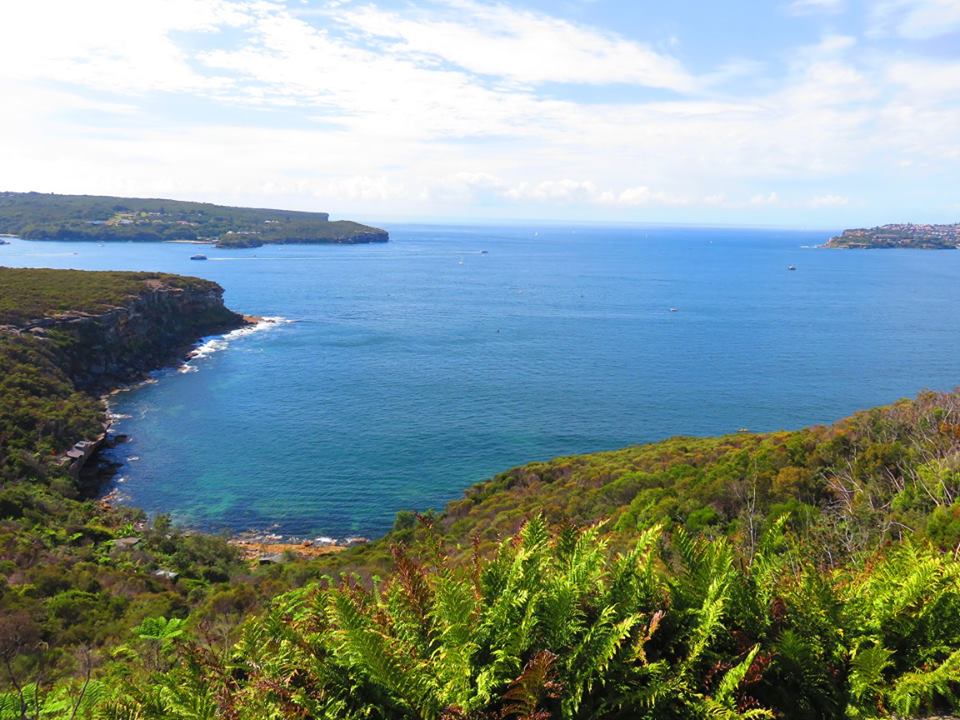
Sydney Heads from Dobroyd Head
The walk is about 10 kilometres long, and takes about 4 hours if you stop to rest and take in the view a few times. A lot of it is unpaved, through the naturally scrubby bushland which lines much of the harbour, although some of it is sealed, and parts even veer on to main streets for a short while.
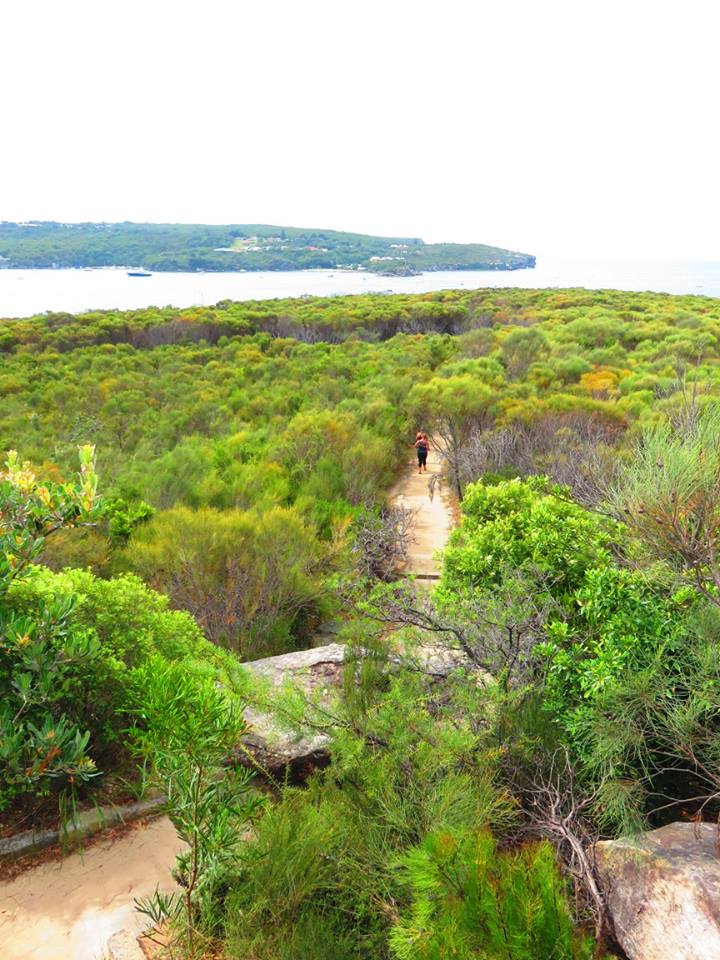
Walking along Dobroyd Head
It’s not an overall difficult walk, although there are sections which could be described as moderately strenuous – part of Sydney’s beauty is the hilly topography. There are a lot of steps and 4 hours is a long time to be on your feet, so a moderate level of fitness is required. Don’t forget to wear comfortable shoes, and pack some snacks and water – you’ll appreciate them!
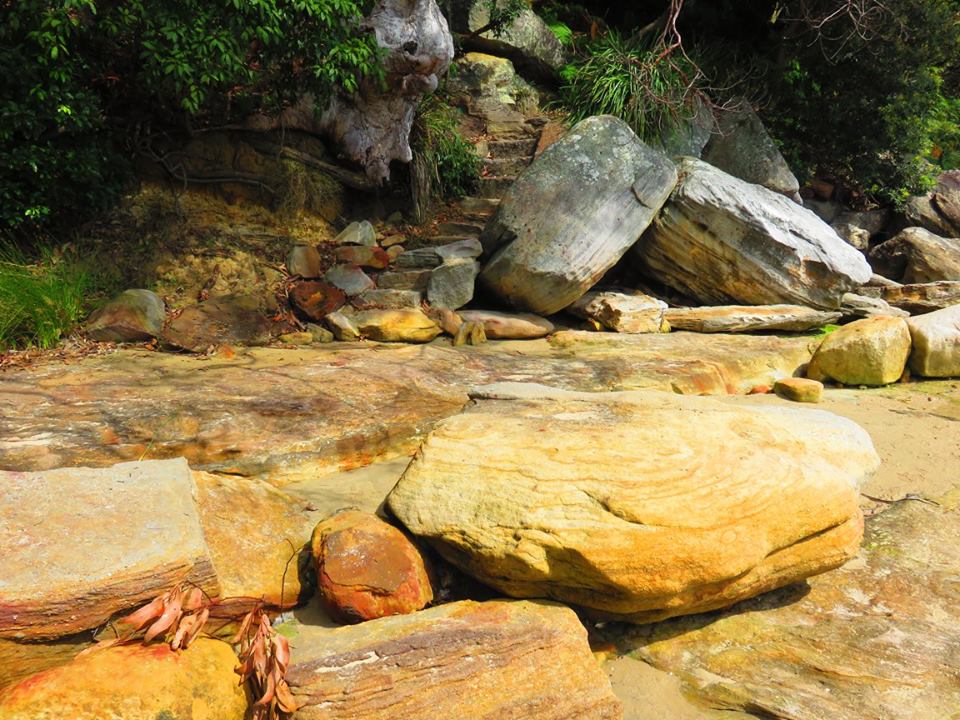
Steps lead away from a cove and up over the hill on Sydney’s Spit Bridge to Manly walk
The walk attracts visitors for different reasons; some come to pass the time and discover their city staycation-style, some are exercising and walking their dogs, others photograph, there are tourists, students studying the local flora and fauna, and some even use it as an alternative way to get between the Spit Bridge and Manly, a great place to stop for lunch. Don’t forget to check out some of the beautiful homes along the way – this is some of Australia’s prime real estate!
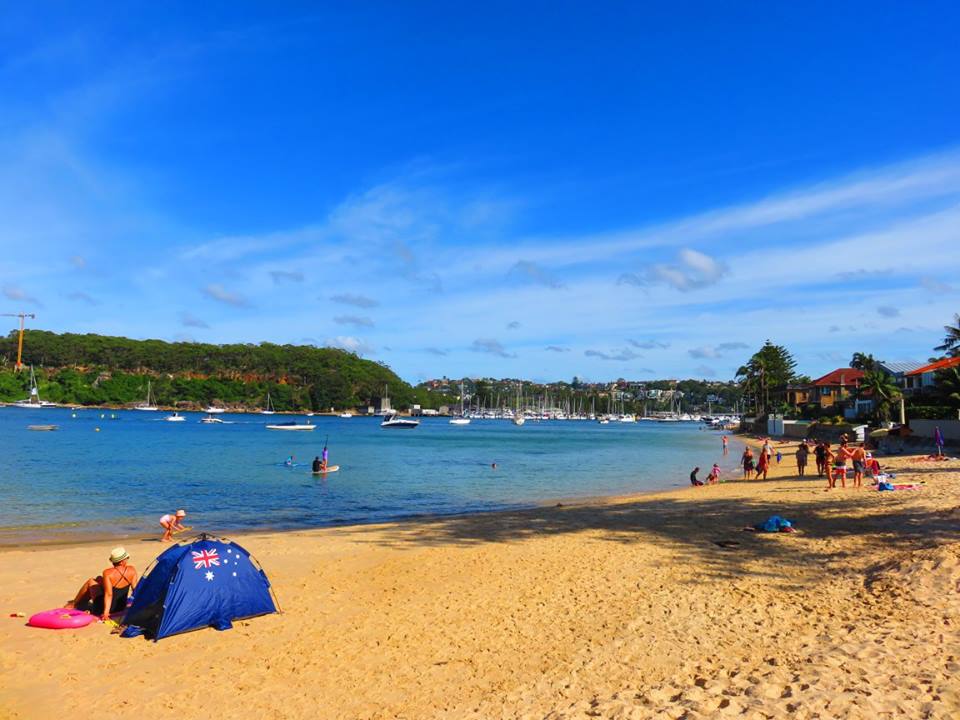
Beach on Middle Harbour, Sydney

To get to the Spit Bridge (which, by the way, is referring to a sandy isthmus, not the act of projecting saliva!), take a bus from Wynyard or Town Hall Stations in Sydney city. Several buses ply this route, so use the Transport NSW trip planner to find the next one available, but routes 169, 178, 179 and 180 seem to be the most frequent. From the city centre, the Spit Bridge is about 35 minutes by bus, and costs about $3.50.
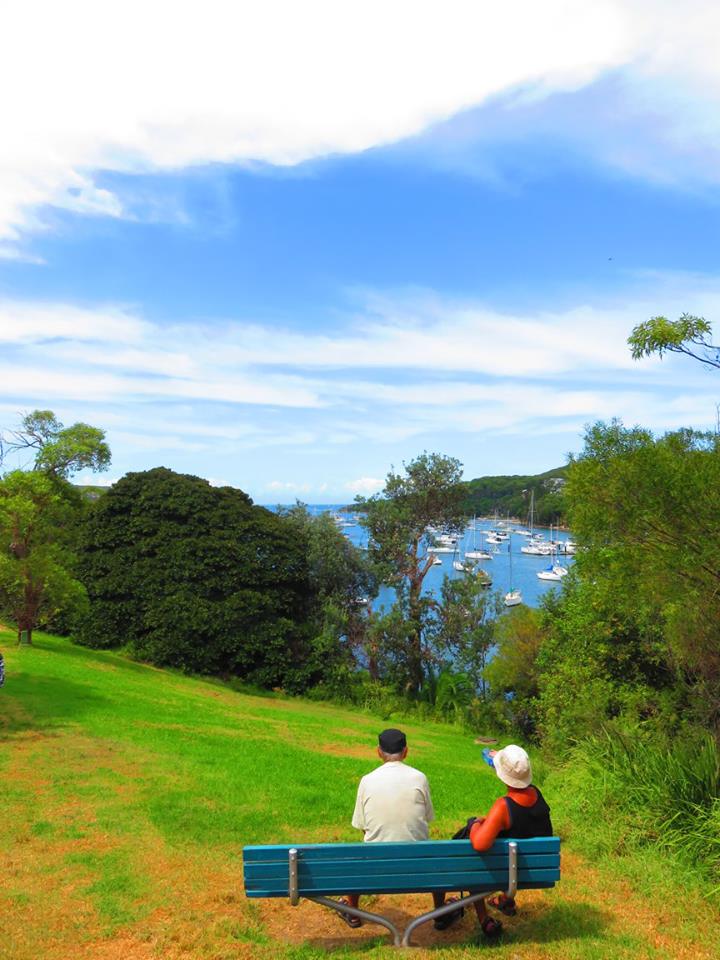
A quiet moment on Sydney’s Spit Bridge to Manly walk
To return (after having fish and chips on Manly Beach), catch the Manly Ferry ($7.20, 35 minutes) or the Manly Fast Ferry (up to $8.60, 25 minutes) to Circular Quay in the city.
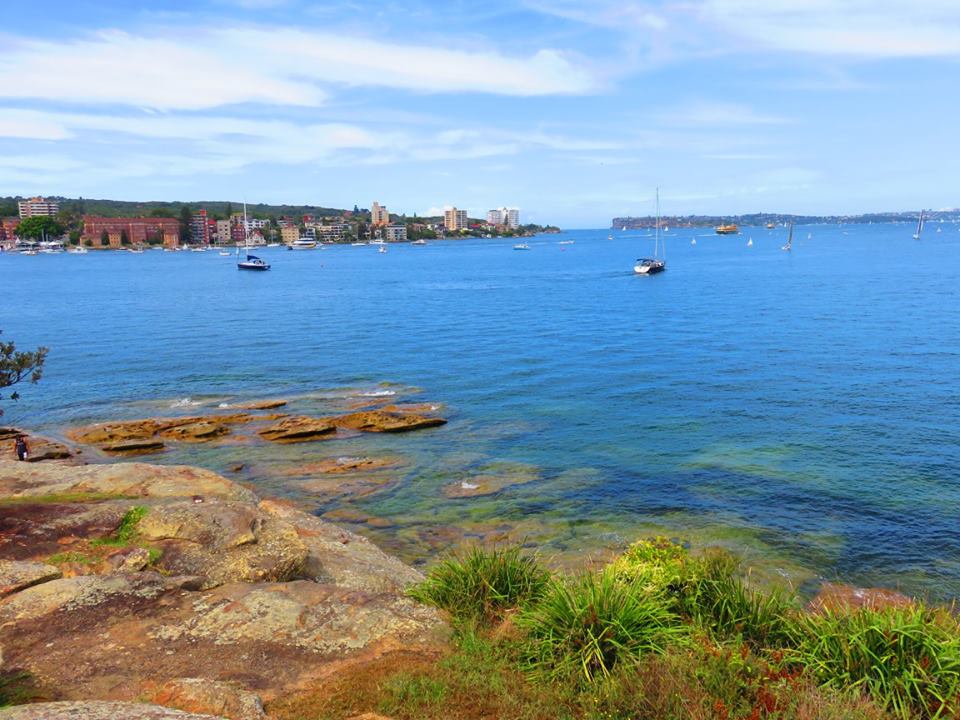
Manly Cove
(All images in this article with thanks to my good friend Gordon Lau)
Which city do you think has the best natural setting? Comment below!





